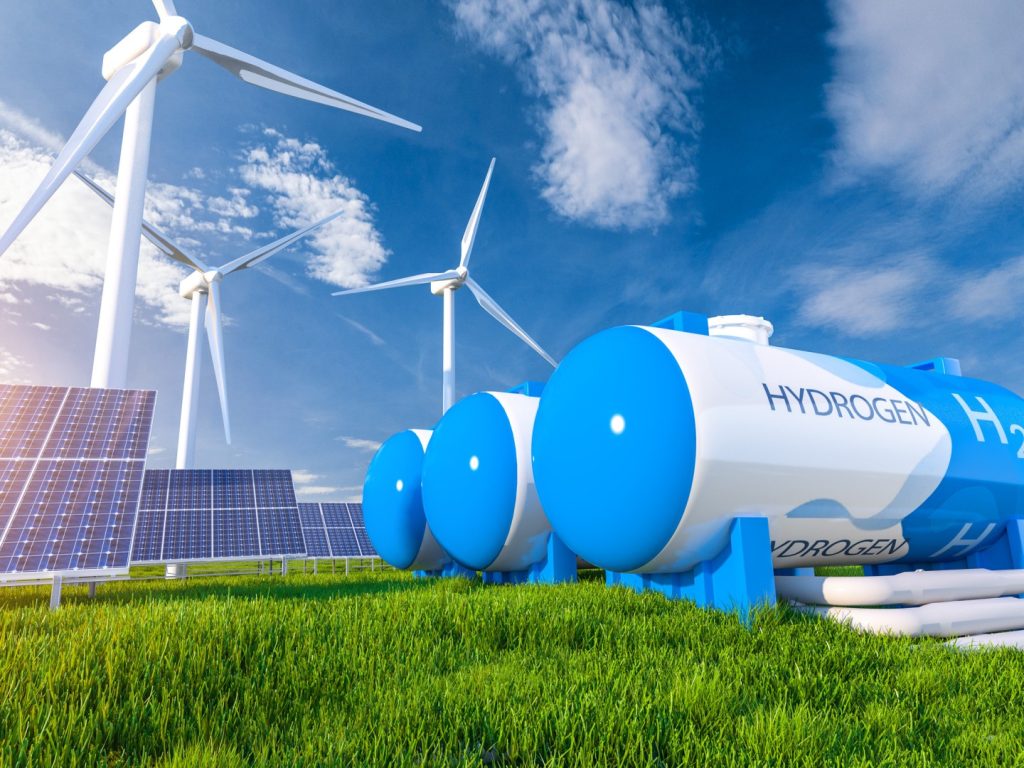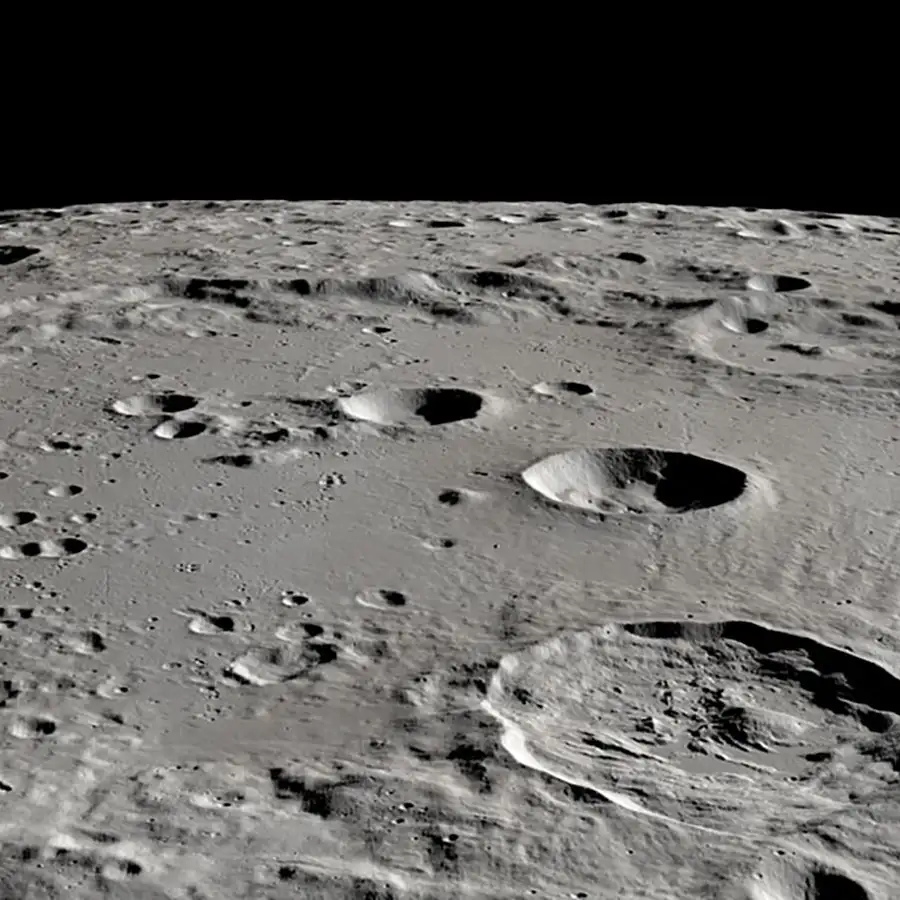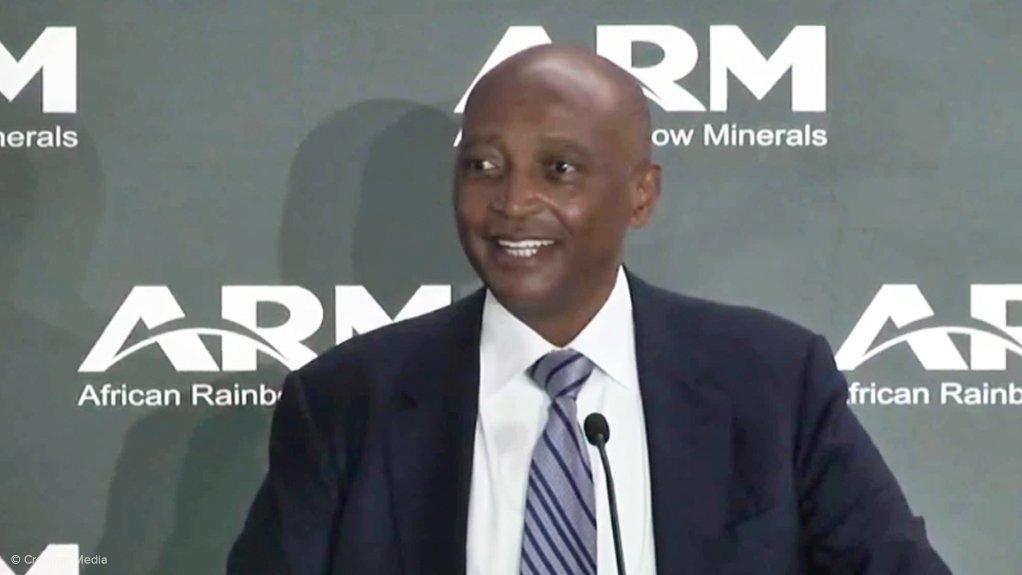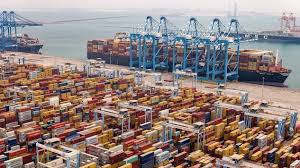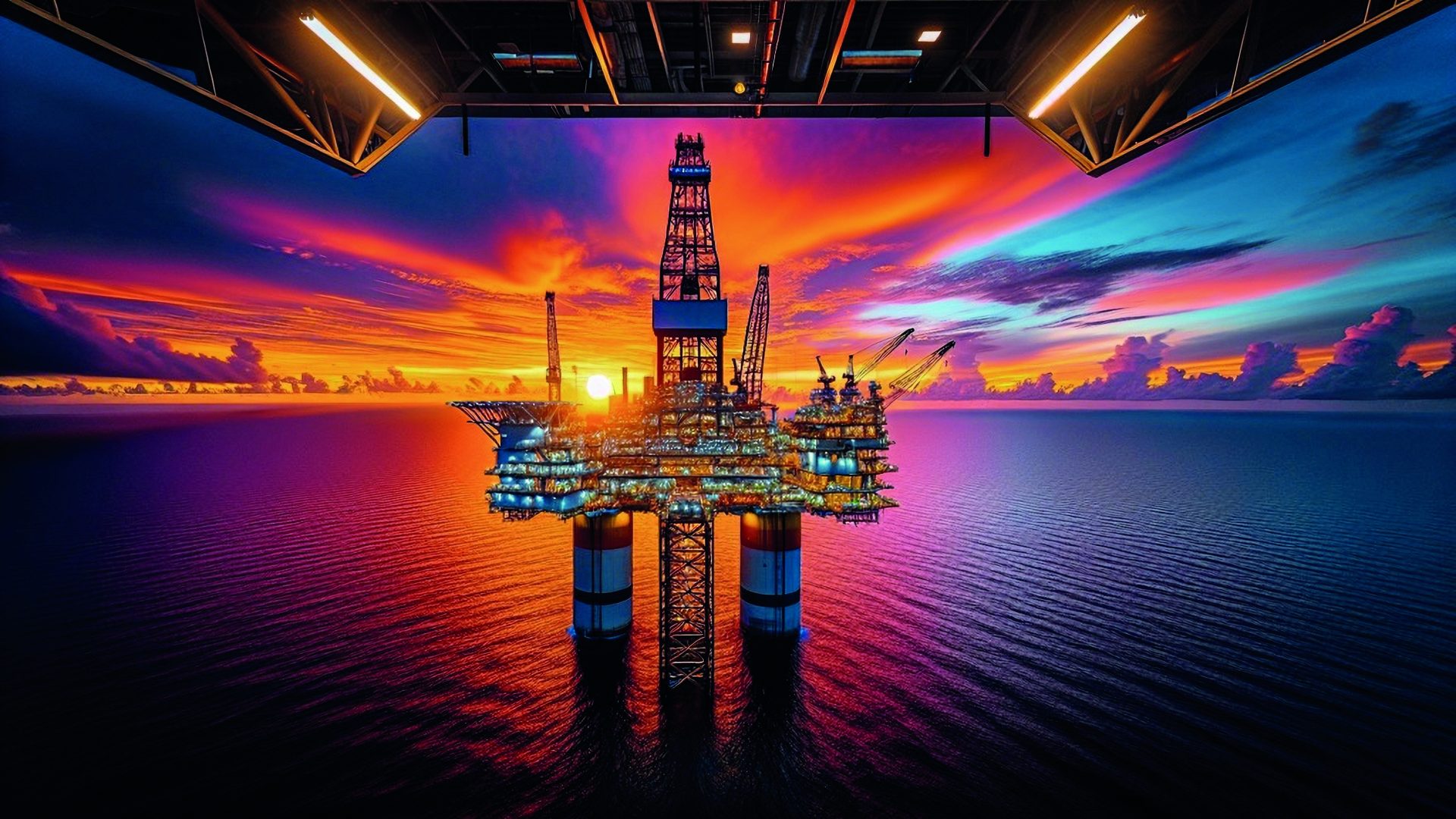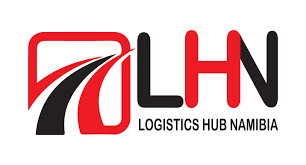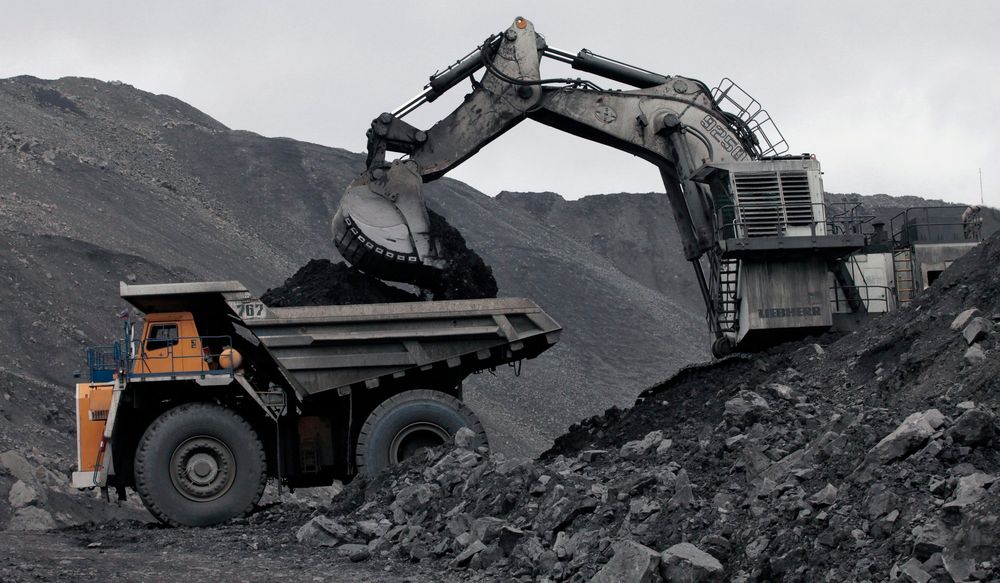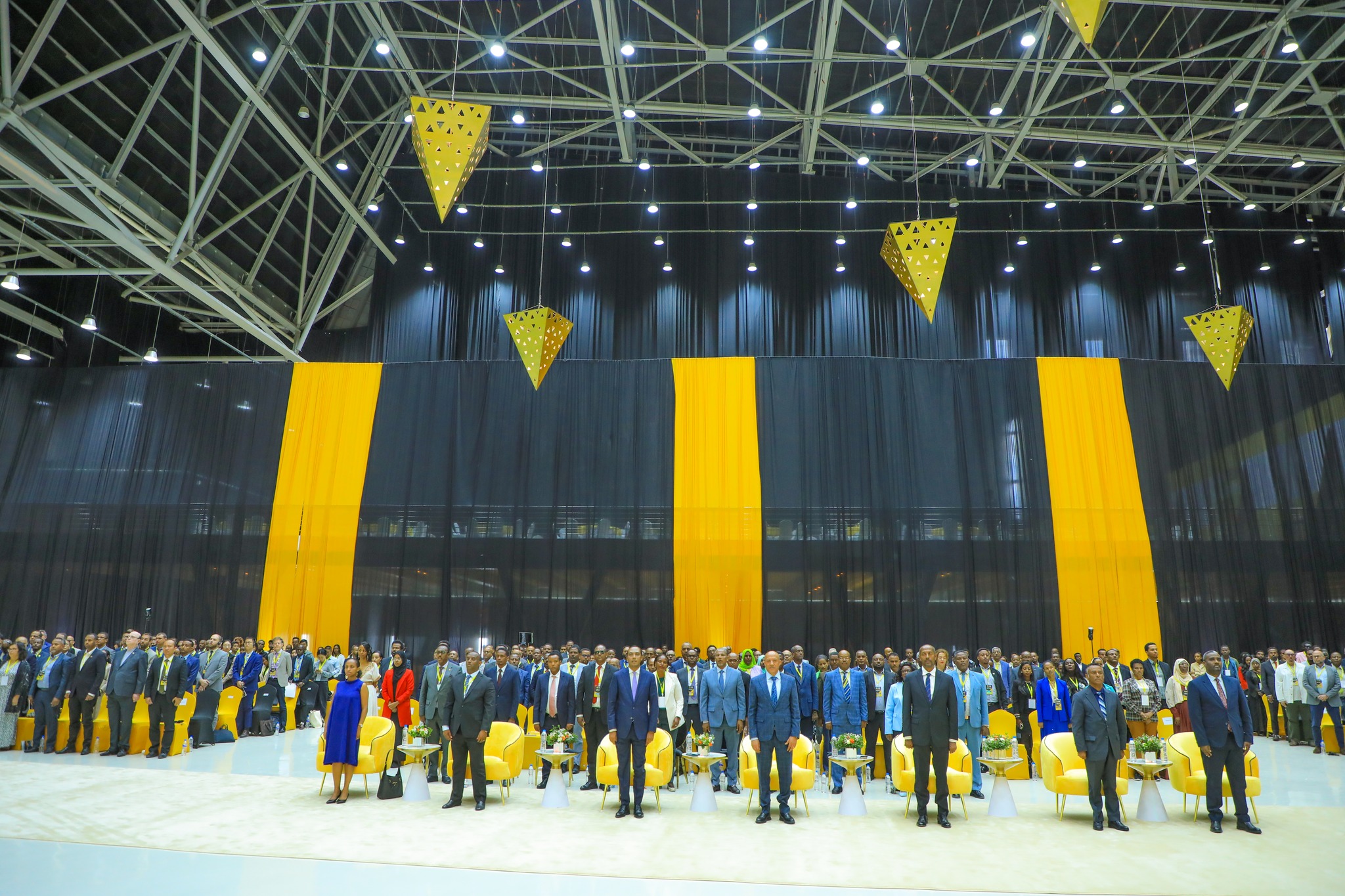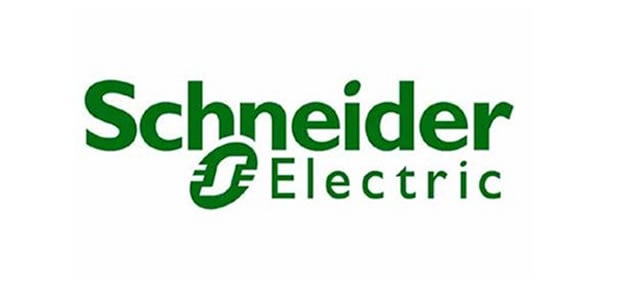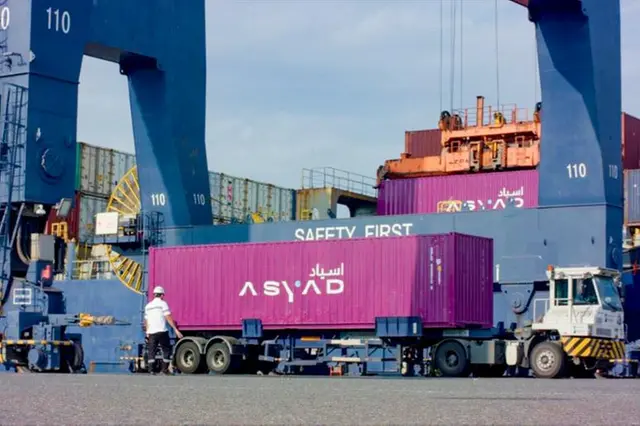Video News / Generation
22 African countries want nuclear energy for electricity needs ...
“Of the approximately 55 countries that have expressed interest in nuclear power and that are at various stages of considering or embarking in their first nuclear power programmes, twenty-two are in Africa,” the report says.
According to the IAEA Milestones Approach and its evaluation methodology, of the 22 African countries, 10 can be considered to be in the decision making phase regarding a nuclear power programme, while four have already made the decision to embark on such a programme or are actively preparing for it.
Potential for nuclear in Africa
Furthermore, eight countries in the region are in the preliminary stages of considering nuclear power. The IAEA says it is actively working with African newcomer countries.
“In a high case scenario, nuclear capacity could triple by 2030 and increase tenfold by 2050, requiring over $100 billion. In a low case scenario, it could double by 2030 and grow fivefold by 2050.”
The report also says that countries in Africa “meaningfully contribute” to global uranium production (an indispensable raw material in the generation of nuclear energy), which can be leveraged for energy security. At least 14% of global uranium production is from countries in Africa.
“Moreover, South Africa’s established nuclear supply chain could be used as a model for other African countries. Innovative financing methods and regional cooperation also are essential for attracting investment in nuclear projects.”
The projected total electrical generating capacity in African countries foresees an increase of 47% by 2030 and an almost sevenfold increase by 2050.
Nuclear capacity has remained constant in Africa, with the region’s only operational nuclear power plant located in South Africa, the report reminds.
However, prospects for the use of nuclear power in other African countries look promising, as governments plan to include nuclear power in their energy mix.
Egypt is currently constructing a four-unit NPP facility, with the first unit projected to be commissioned in 2028.
“Several countries have expressed interest in recent years in developing nuclear power for electricity generation and desalination, including Algeria, Ghana, Kenya, Morocco, Namibia, Niger, Nigeria, Rwanda, Senegal, Tunisia, Uganda, the United Republic of Tanzania and Zambia.”
Globally, as of May 2025, 417 nuclear reactors are operational, with a total net installed capacity of 377,221 MW(e).
“The nuclear power prospects of African countries are gaining momentum, as several countries explore the nuclear power option to meet their growing electricity demands, diversify their energy mix, achieve energy security, reduce carbon emissions and support sustainability and energy affordability, which drives industrial growth. Almost half of the newcomer countries seeking to add nuclear power to their generation mix are African countries.”
Snapshot of nuclear energy progress in 5 countries in Africa
South Africa
Currently, South Africa is the only African country with an operational nuclear power plant. The Koeberg Unit 1 Long Term Operation licence was granted in 2024, allowing the Koeberg Nuclear Power Station to extend the unit’s operational life by 20 years. In addition, South Africa’s Department of Mineral Resources and Energy (DMRE) Integrated Resource Plan of 2023 aims to add 2,500 MW(e) of new nuclear capacity, including SMRs after 2030, which has been approved by the National Energy Regulator of South Africa (NERSA).
Egypt
The Government of Egypt is constructing a four-unit, 4.8GW NPP. Following the issuance of construction licences, work is underway on all four units. The first concrete pouring for Unit 4 was completed during the first quarter of 2024. In 2023, the core catchers for both Unit 1 and Unit 2 were installed. Construction of the inner containment building for Unit 1 is ongoing, while work on the inner containment building of Unit 2 began in 2024. In 2025, the regulatory authority granted permission to establish a spent fuel storage facility. The first unit of the four-unit NPP facility is expected to be completed by 2028.
Kenya
In 2012, Kenya established the Nuclear Energy Programme Implementing Organization (NEPIO) to evaluate the potential introduction of nuclear energy to meet the country’s national development objectives. In 2020, the Kenyan Nuclear Regulatory Authority (KENRA) was established as an independent regulatory body, responsible for regulating nuclear and radiological material in the country. In 2022, Kenya re-evaluated its roadmap and announced that the commercial operation of the first NPP would start in 2038. The country has resolved to also explore SMRs in response to the lower than expected electricity demand and financial constraints. The country is seeking to establish the future owner/operator organisation soon.
Ghana
Ghana established the Ghana Nuclear Power Programme Organisation (GNPPO) under the Ministry of Energy in 2012 as the country’s NEPIO to study the possibility of introducing nuclear power. The GNPPO is supported by the Nuclear Power Institute of the Ghana Atomic Energy Commission. Subsequently, in 2015, Ghana established the Nuclear Regulatory Authority (NRA), the regulatory body with the responsibility for nuclear safety, security, safeguards and civil liability. In 2018, Ghana established Nuclear Power Ghana, which has been designated as the future owner/operator for the first NPP.
Nigeria
Nigeria’s Nuclear Energy Programme Implementing Organisation (NEPIO) is represented by the Nigeria Atomic Energy Commission (NAEC). The Nigerian Nuclear Regulatory Authority (NNRA), which was established by the amended Nuclear Safety, Physical Security and Radiation Protection Act 19 of 1995, is empowered to regulate all practices related to safety, security and safeguards for nuclear power.
Financing for nuclear projects in Africa
But the IAEA report cautions that financing nuclear power projects in African countries remains a major challenge. African countries are exploring diverse financing models such as the use of state loans.
SMRs particularly could provide a flexible and cost effective solution requiring lower upfront investment, it says.
International monetary agencies such as the World Bank and African Development Bank (AfDB) could support infrastructure and project financing.
On 26 June 2025, the IAEA Director General Rafael Mariano Grossi signed a landmark agreement with World Bank Group President Ajay Banga to formalise a partnership in support of the safe, secure and responsible use of nuclear energy for development.
“This milestone marks the World Bank’s first formal reengagement with nuclear power in decades and reflects growing global recognition of its role in supporting inclusive and resilient growth, particularly in countries seeking to meet rising energy demands.”
Africa could ride the nuclear wave
Grossi said that Africa is able to benefit from the growing global momentum behind nuclear energy.
“In 2023 at COP28, all 198 signatory countries of the United Nations Framework Convention on Climate Change (UNFCCC) agreed that investment in nuclear energy, among other low carbon energy sources, should be included in the Global Stocktake on the Paris Agreement.
“Dozens of countries have since joined a pledge to work towards tripling global nuclear capacity by 2050, and the IAEA’s high case outlook now sees nuclear capacity expanding by more than 2.5 times compared with 2023 levels, to 950 gigawatts electric by mid-century,” he said.
He also pointed out that today, 31 countries operate nuclear power plants. They produce 9% of the world’s electricity, meaning almost a quarter of global low carbon power comes from nuclear energy.

